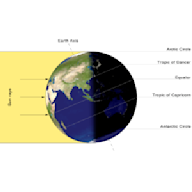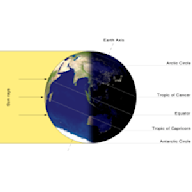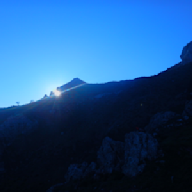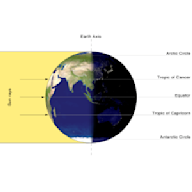Search results
The summer solstice occurs during the hemisphere's summer. In the Northern Hemisphere, this is the June solstice (20, 21 or 22 June) and in the Southern Hemisphere, this is the December solstice (20, 21, 22 or 23 of December).
Jun 19, 2024 · The summer solstice is the longest day of the year, meaning the day of the year that has the most hours of sunlight. Our planet does not spin on a vertical axis - it is tilted. This...
Aug 10, 2017 · The summer solstice falls between June 20 and 22 in the Northern Hemisphere. The longest day of the year, it has inspired celebrations for millennia.
Learn when and why the summer solstice occurs in June in the Northern Hemisphere and marks the longest day of the year. Discover the science behind solstices and equinoxes, and how people celebrate them around the world.
Summer solstice, the two moments during the year when the path of the Sun in the sky is farthest north in the Northern Hemisphere (June 20 or 21) or farthest south in the Southern Hemisphere (December 21 or 22). Learn more about the summer solstice in this article.
- The Editors of Encyclopaedia Britannica
May 17, 2024 · In 2024, the summer solstice will occur at 4:50 p.m. EDT on June 20, according to timeanddate.com. Here's everything you need to know about the Northern Hemisphere's longest day of the year.
Learn why the summer solstice is the longest day of the year for the Northern Hemisphere and how it affects the seasons, the climate and the cultures. Discover how ancient and modern people have marked this astronomical event with rituals, monuments and traditions.





